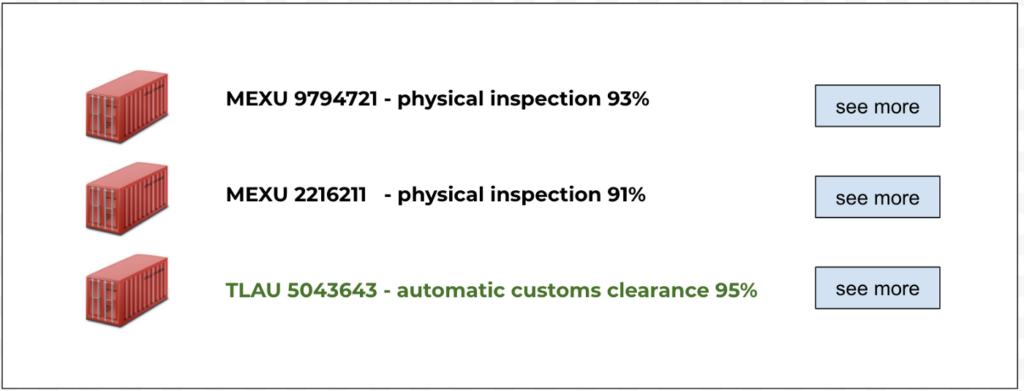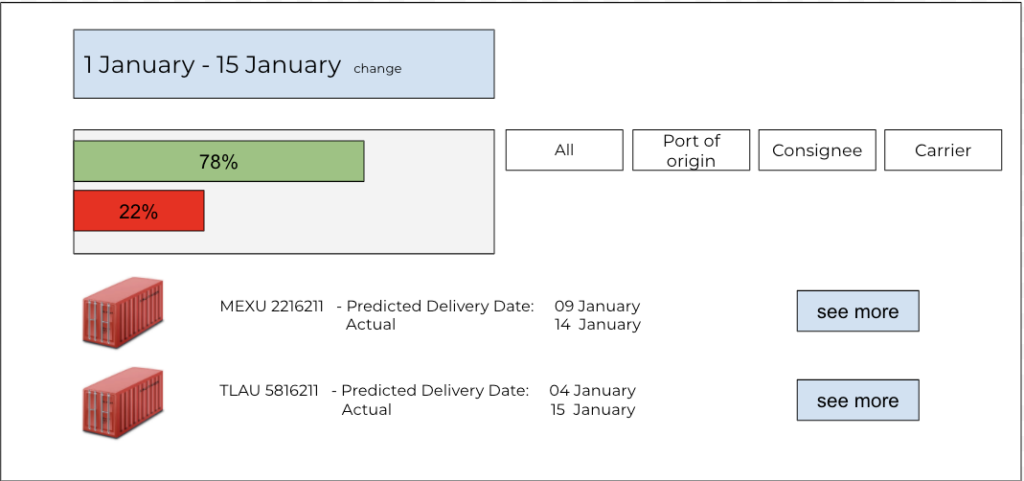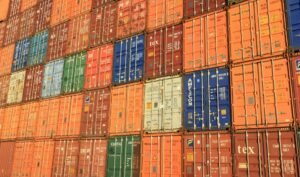To conclude, applications of AI in terminals are even more extensive and include some areas such as predictive maintenance and fault prediction. Also, other applications are:
Convolutional networks trained to detect anomalies in container X-ray scan images.
Check-in wait time prediction.
Intelligent and automatic generation of slots to attend truck appointments.
If you want to know more about AI in ports, you can reach out to me at carlos.ortiz@k4s.co




